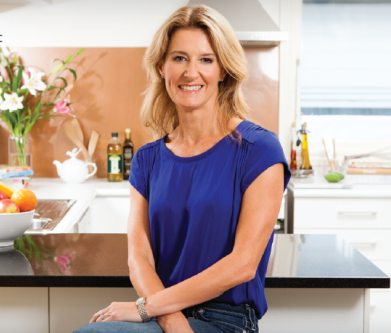I spend a lot of time helping people to manage their weight. I show them how to balance the kilojoules (kJ) they consume through food and beverages with the kJ they expend through activity – it’s a formula that works.
What are no and low kJ sweeteners?
There is a range of no and low kJ sweeteners commonly used in food and drinks. They include products such as aspartame, sucralose, stevia, acesulphame K and saccharin. Most no and low kJ sweeteners are several hundred times sweeter than sucrose (table sugar), which means their sweet taste comes with few, if any, kilojoules. Thus only a minute amount is used in beverages.
Are they safe?
It’s not surprising there’s so much confusion about the safety of no and low kJ sweeteners. Over the past 30 years there have been tales of sweeteners causing almost anything you can imagine. Like other registered nutritionists and dietitians, I prefer to base my advice on the balance of peer-reviewed scientific evidence, rather than a Google search.
Aspartame is made up of two amino acids, aspartic acid and phenylalanine, naturally found in a range of protein containing foods. It’s the most commonly used low kJ sweetener and one of the most thoroughly studied food ingredients in the food supply. Aspartame is permitted in over 100 countries worldwide. The latest major scientific review of the evidence on aspartame retained the accepted daily intake (ADI) of 40mg/kg body weight of aspartame per day1. To put this in perspective, a person weighing 70kg would need to drink more than twenty 355ml cans of “Diet Coke” in order to exceed the ADI (assuming no other sources of aspartame in the diet). The only people who need to avoid aspartame are those with a rare disorder called phenylketonuria, a condition diagnosed at birth where a person cannot metabolise phenylalanine, one of the components of aspartame.
Stevia is a sweetener with a long history of use and many authorities around the world have reviewed the existing evidence on its safety and permit it for use as a safe food ingredient. Up to 840mg of stevia per day is considered safe for a 70Kg person. The amount used in drinks is only a small fraction of this daily amount2.
Acesulphame K, Sucralose and saccharin are also permitted for use in foods and beverages and have also been through rigorous safety testing over a period of many decades. The bottom line is that when the world’s foremost food safety authorities and scientific bodies examine all evidence and deem these sweeteners to be safe, I believe them.
Do they encourage a sweettooth?
Our preference for sweet tastes is not something we “develop” and therefore can “un-develop”. It’s present from birth and as we get older it’s often overtaken by other taste preferences that we do develop (e.g. salty, sour)3.
Although I always advise clients that plain water is an excellent drink choice, I understand there are times when people want other choices. So I’m pleased there’s a choice of low energy drink options available to suit you and your individual needs, which provide the same sweet flavour as other drinks, with less or no energy.
Can they help me lose weight?
Research has shown that foods and beverages containing no and low kJ sweeteners can help you manage your energy (kJ) intake and, if used consistently to reduce kJ, they can help you manage your weight. Thus no and low kJ sweeteners can help make weight loss diets easier to follow, which can help maintain weight loss in the long term4.
So I recommend food and drinks sweetened with no and low kJ sweeteners as one way to cut down on total daily kJ intake. They’re often a great alternative when the occasion calls for something sweet.
Nikki Hart, MSc (Hons),
NZ Registered Nutritionist and nutritional advisor to Coca-Cola Oceania.

